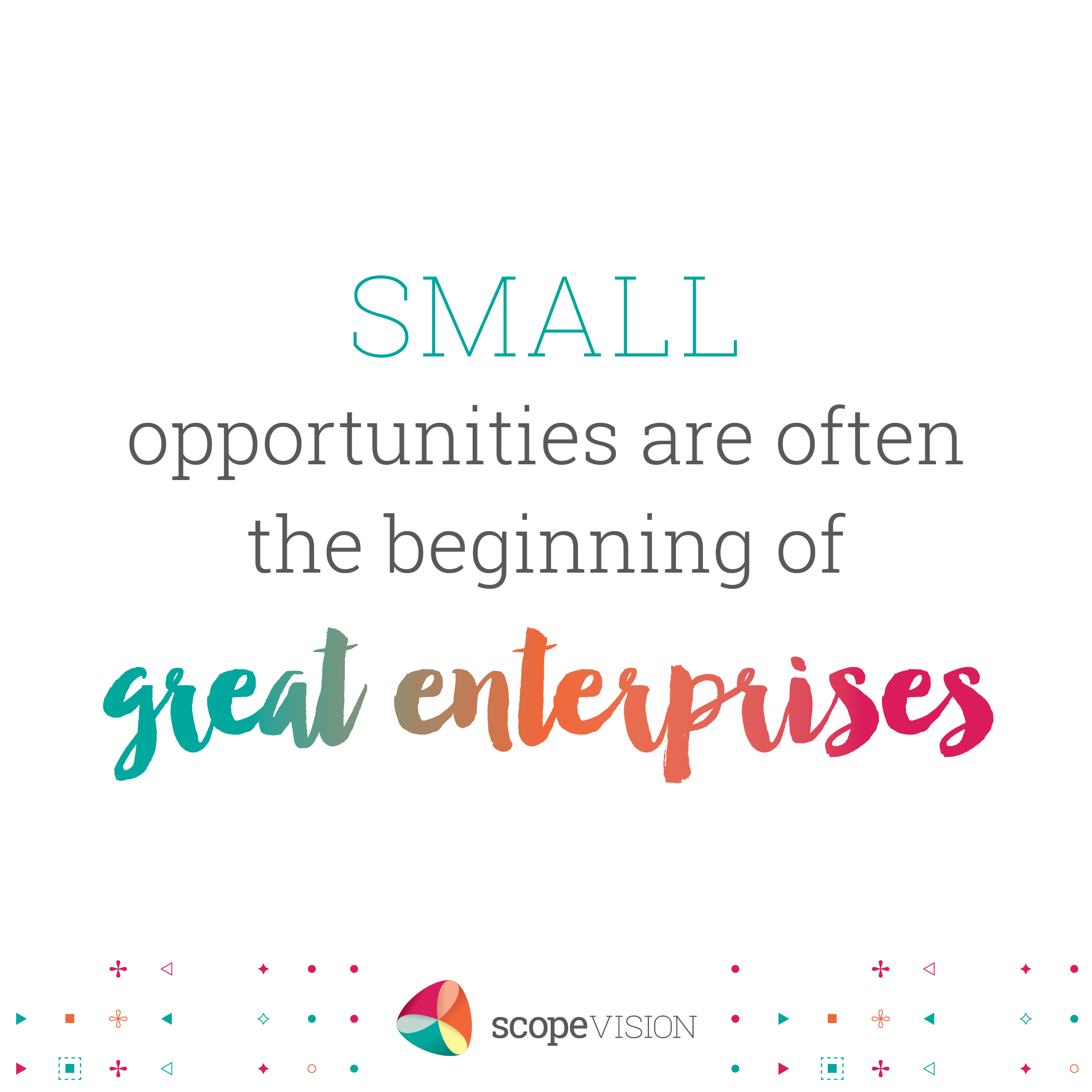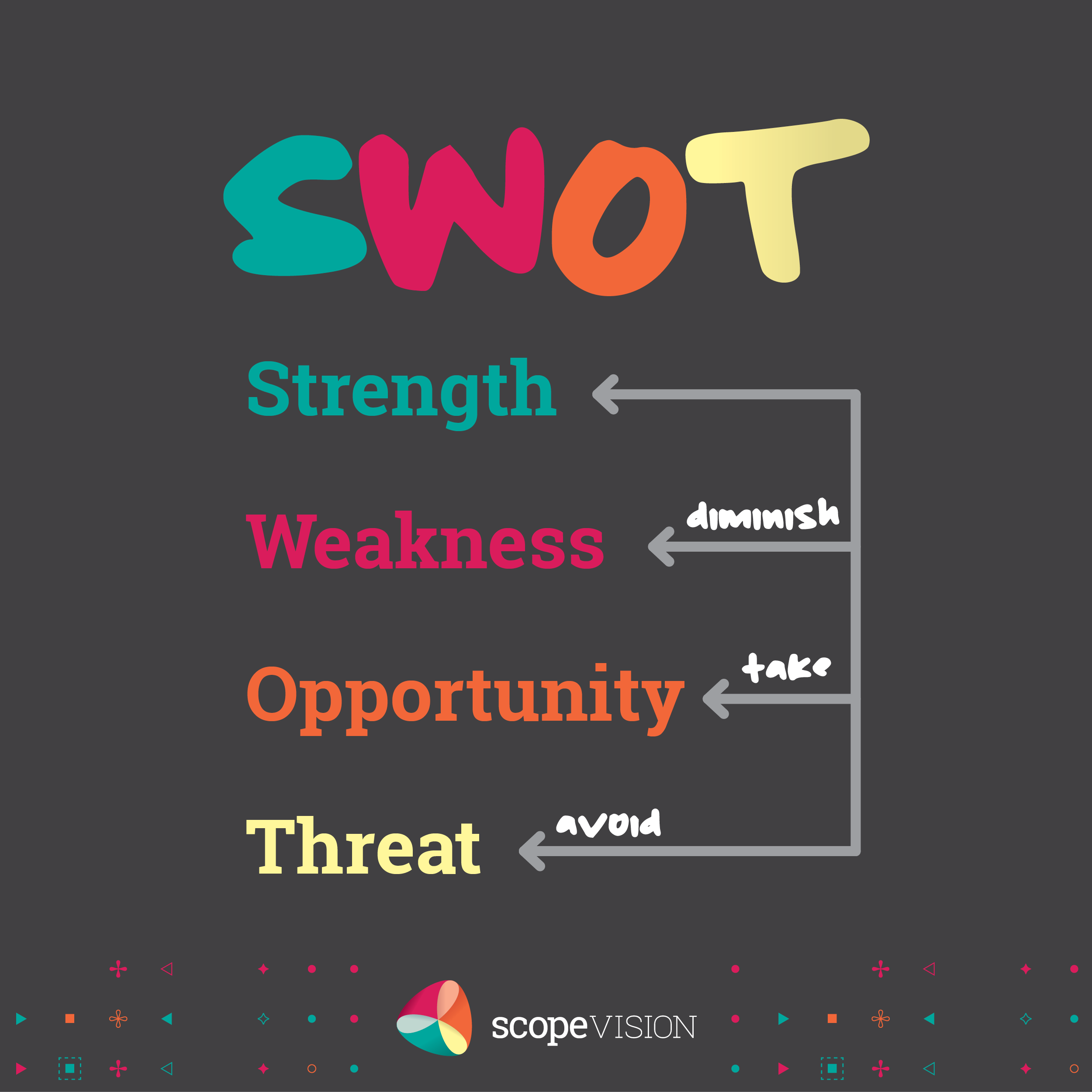There’s nothing more exciting than a fiscal boner!
SWOT; How’s Your Business Standing Up?
With April over and the first quarter of 2016 long behind us, I pondered how everyone has traveled with their goals eagerly established in January. I am happy to report that our first quarter deliverables tracked well thanks to the disciplined approach afforded to us by religiously using the Scope planning tools: Be Awesome Plan to Achieve!
I quite enjoy my monthly ritual of reviewing our business SWOT analysis to see just how we are tracking. Have our strengths slipped or grown; what have we done to leverage them? Have our weaknesses changed, or diminished any? Has a new threat reared its head with the capacity to derail us? Then the moment of excitement as we reflect on the opportunities created and recently actioned within the business; is there evidence worthy of supporting a fiscal boner!
As the months progress I find it is the quadrant of opportunity that we invest our effort and energy in. With balanced planning, our weaknesses are managed to ensure our business capabilities are met and our resources not over extended. Our motto has long been ‘Have a dream and follow it. Have a plan and stick to it. Have a goal and achieve it!’ The Scope planning tools: Be Awesome Plan to Achieve! help us to live this by this mantra.
Action plan every opportunity
It is the quadrant of opportunity which holds the most potential to achieve a fiscal boner. For every opportunity identified we create an action plan to bring the concept to fruition. Brainstorming, using creative thinking techniques such as Edward De Bono’s Six Hats helps us to gain clarity and perspective on what is required to bring structure to our vision. There is nothing more satisfying as the months pass by than seeing previous dreams planned and eventuating!
SWOT in action!
We have worked closely with a number of clients this year as they strategically action plan their business for success. I decided it was time to check in and to see how they were travelling. I asked them where they were at and whether they had gained any benefit from focusing on SWOT…. Here are their responses.
On returning to work I introduced the SWOT analysis to the management team at our weekly meeting. As a group we performed an analysis on The Carine holding a brainstorming session. Whilst ideas were a little slow to start, it didn’t take long for the concepts to flow and for everyone to get involved. As a group we identified many things in each of the SWOT quadrants. We discussed ways of taking better advantage of our strengths, which included a great dynamic within the team, competency across a broad range of areas and diversity in skill sets. We also identified some weaknesses and explored ways to address them. We all agreed that management communication with the front line team was one of our major weaknesses as we were not sending a cohesive message. Different managers were giving different information to staff causing confusion which often resulted in low morale. While I think we all knew this to be the case previously it was not until we discussed it as a group that we could see how it was holding us back from being amazing. Putting a few key strategies in place saw us easily turn this weakness around into a strength. The results have been amazing!
There are many more examples of the benefits conducting a SWOT analysis has brought to our team. It was an excellent team building exercise and has done wonders for our planning process. Identifying various opportunities and allocating projects to specific managers, exploring how to convert them to wins has given management team members new vigour and enthusiasm. They have taken ownership and accountability for the success of the team and their contribution towards it. This positive energy has actually filtered down to the front line staff, whose behaviour appears happier, more committed and certainly more cohesive. Go Team Carine!
Jen Rider, Venue Manager - The Carine
“I think SWOT is one of the greatest business tools around; it underpins many documents I find myself generating as I endeavour to walk the path of hospitality business excellence. Almost anyone can complete one; they are quick, easy, infinitely adaptable and a great way to analyse your business and communicate it to others.
We use SWOT at the Dunsborough to:
- Provide clarity and focus on the key factors that are affecting our venue operations
- Understand our business clearly as a team
- Identify the areas that we can improve on and need to action plan to address them
- Identify opportunities in the market place we need to take
- Lay down a pathway to achieve our vision and goals
Whilst I acknowledge that SWOT is a powerful tool in my bag of tricks, it does have some limitations that I keep in the back of my mind when I’m using it:
- SWOT often offers a black and white analysis of a situation; when an issue is complex it may not always provide a clear cut solution or option
- SWOT identifies issues but does not provide the solutions
- Don’t get bogged down in a plethora of information; stay focussed and keep discussions relevant
Outside of those short comings SWOT affords me more benefits than obstacles when used in my planning process.”
Richard Moroney, Venue Manager - The Dunsborough
What can I SWOT?
SWOT is such a diverse analytical tool, that you can SWOT just about anything!
- Your business; as part of your strategic planning process
- Your team; to uncover the status quo
- An opportunity you want to effectively explore
- A competitor you would like to analyse
- A problem you need to solve
- A product in its life cycle
- A person you would like to grow and develop
Benefits of SWOT
Whichever way you use SWOT, there are always benefits.
- It provides you with a clear overview of your strengths, allowing you to leverage them to your advantage
- It evidences your weaknesses so you can diminish or minimise their impact on a person, a team or your operations
- It provides clarity on opportunities you must action plan to your advantage
- It provides an overview of the threats that could potentially derail your success if they are not watched, or diminished
- It prompts you to analyse and action plan for success!
- It promotes dialogue and consultation on the current state of affairs
- It provides opportunity for team members to contribute to the critical analysis of current operations and assume ownership of their role going forward
SWOT, what are the limitations?
As with any business analysis tool you are only as good as the data you input. Involving in your session all of your key stakeholders who are willing to participate in honest, robust discussions on the status quo will go part way towards ensuring the validity of the data you input. Looking for other forms of evidence to validate your conclusions also increases data reliability. Watch out for bias; look for sound evidence to support your assumptions.
Dreaming the impossible dream also serves little purpose, so keep your discussions focused, relevant and realistic. Using a skilled facilitator can help you to keep things on track.
Running a SWOT session with your team
I always suggest scheduling a half-day session and creating a stimulating environment that encourages your team creatively. Hang four large trainer’s post-it note flip charts up on the walls and encourage them to walk around with a colleague exploring each of the topic headings [Strengths, Weaknesses, Opportunities, Threats]. Invite them to record their thoughts and discussions on the flip chart for others to see. As the small groups rotate through each of the topics encourage them to place a tick against statements and comments that they agree with, a cross next to comments they disagree with and a question mark next to comments they require further explanation on. When they have reviewed the comments outlined on the flip chart they are stationed at, they should then explore the topic further adding their group thoughts to the bottom of the recorded dialogue. Once all of the groups have spent time at each of the flip charts, work your way back through the recorded comments initiating discussion and dialogue as required.
Once you have a clear understanding of the status quo, your:
- Strengths identified should be leveraged with action plans established to take advantage of them
- Weaknesses should be action planed with strategies put in place to diminish them
- Opportunities should be action planned to take advantage of them
- Threats should be reviewed with a view to avoiding them and minimising the impact they will have on the team or the business
We then record a SWOT snapshot analysis and it is this document that we reflect on each month as we monitor and measure our progress. It’s a great visual road map providing clarity of purpose, vision and opportunity; the perfect way to capture the team’s collective ideas in the one place!
Do you use SWOT as a business analysis tool? What are your thoughts on it? Beauty or beast? We would love to hear your feedback!
Do you want to apply the SWOT learning from this blog to your business, but you are not sure how to get started? This is exactly what we'll be covering (and more!) in our upcoming Lunch & Learn! Find out how you can join us HERE in a supportive, creative, and not boring environment.
Save on the cost of this session by joining our Scope Pro! Team from just $165* HERE!
*per month. Conditions apply.








